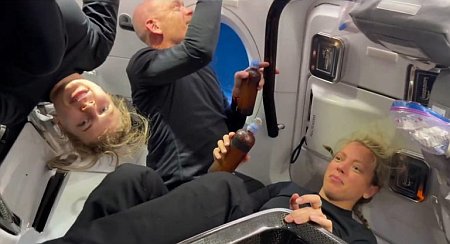Hamas and American leftists: both driven solely by mindless hate
Actions taken this week by both the terrorist group Hamas in Gaza as well as the leftist terrorists in the United States has once again illustrated how little difference there is between these two groups.

The obvious reasons why killing the leaders
of Hamas and Hezbollah is a good thing.
Courtesy of Doug Ross.
In Gaza, Hamas responded to the public demonstrations against it by ordinary Gazans last week by torturing and killing one of the demonstration leaders.
Hamas operatives kidnapped, tortured and executed a 22-year-old Palestinian man who participated in last week’s wave of protests against the terror group, according to his family. Oday Nasser Al Rabay’s body was left in front of his family’s home over the weekend. On Saturday, many dozens were filmed participating in his funeral procession, shouting, “Hamas out!”
Hamas has reportedly been threatening Palestinians who participate in the protests against the terror group, but this appears to be the first time that anyone has been killed in connection to them.
Hamas, which is strongly supported by many politicians in the Democratic Party, has thus illustrated its unwavering intolerance of any opposition, an intolerance so strong that torture and murder is considered a viable option for maintaining power.
Driving that intolerance however is not simply a lust for power, but a hate that fuels Hamas’s every action. The members of Hamas hate all non-Muslims, especially Jews, and want to kill them all. Anyone that stands in the way of this goal thus earns death as well.
Hate allows for this kind of evil. It has to be fed somehow, and if murder is the food, than so be it.
What does this have to do with the American left? » Read more











